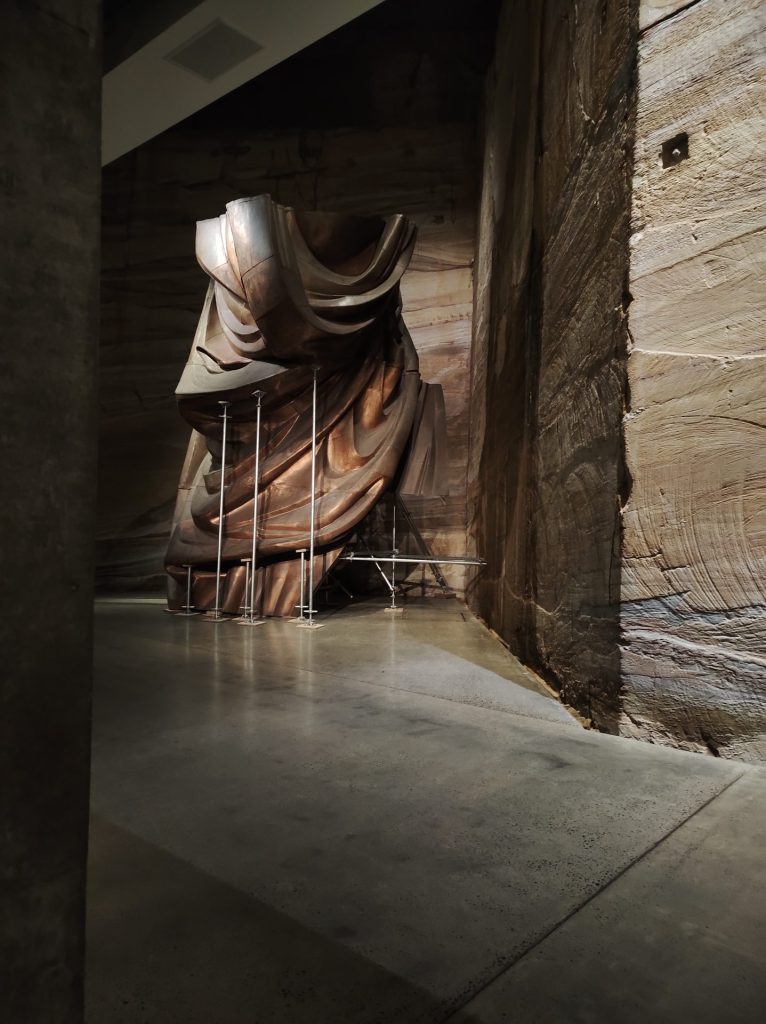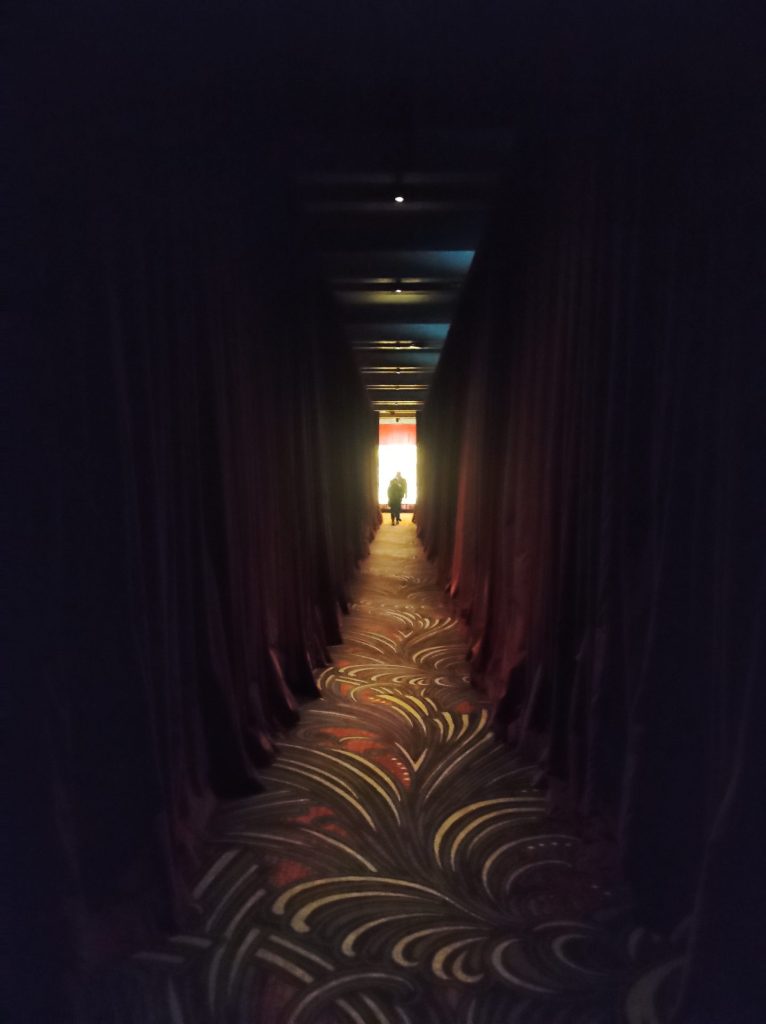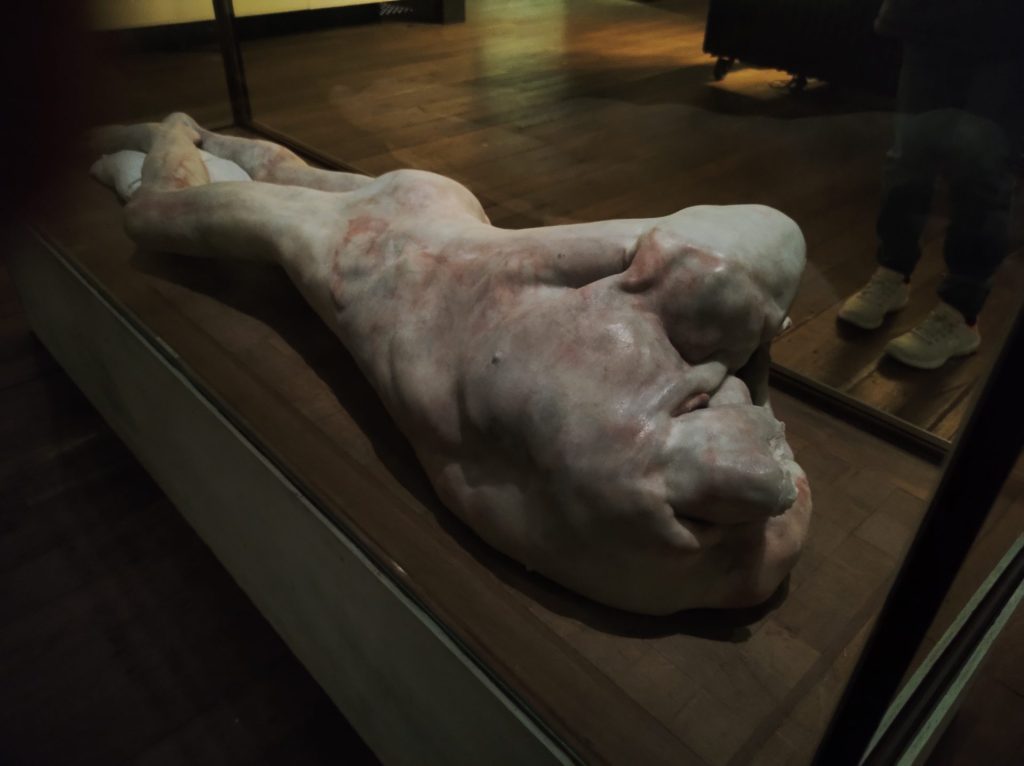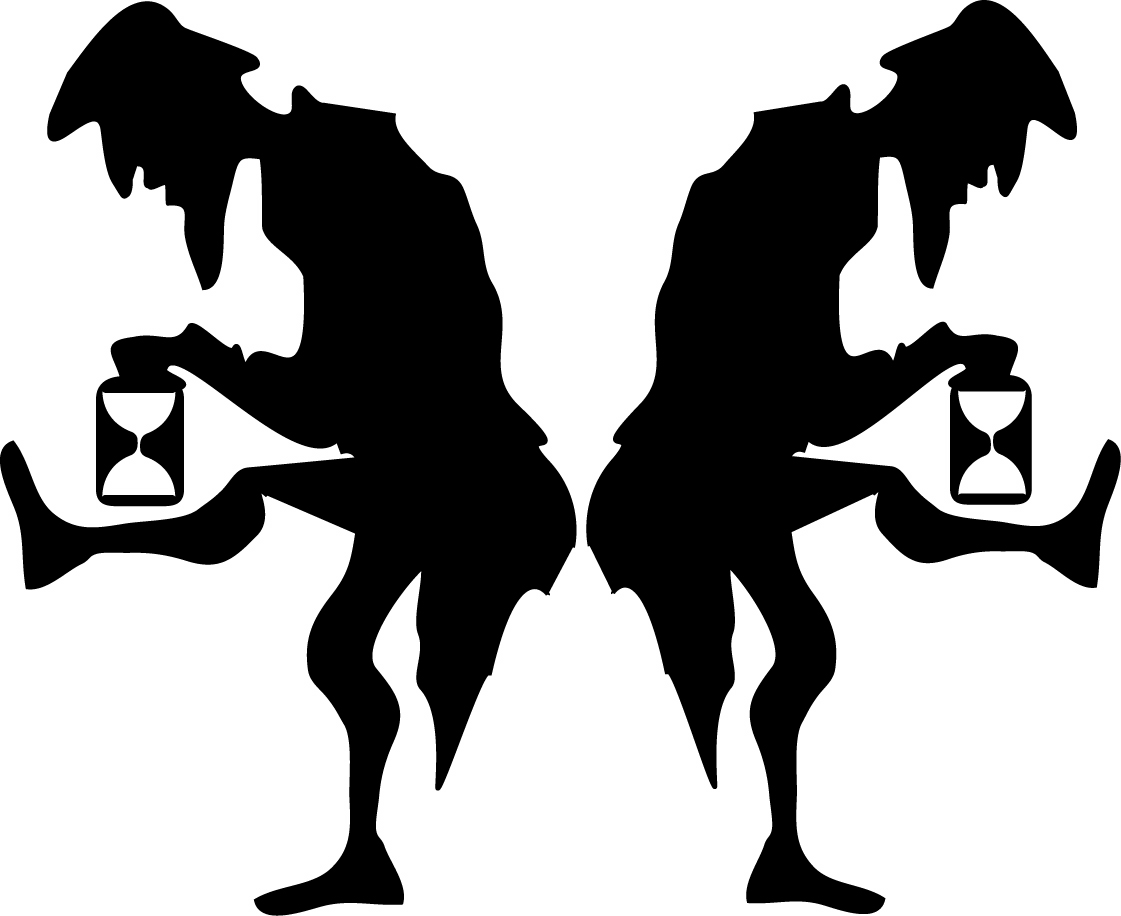Tasmania’s Artistic Marvel
Nestled on the serene banks of the Derwent River in Hobart, Tasmania, the Museum of Old and New Art (MONA) stands as a testament to the audacious vision of its founder, David Walsh. This unique art gallery, which opened its doors in 2011, has since become a beacon for art enthusiasts and curious minds alike. But what makes MONA so special, and why was it built in such an unconventional manner?
A Visionary’s Playground
David Walsh, a Tasmanian millionaire with a penchant for the extraordinary, conceived MONA as a “subversive adult Disneyland”. His aim was to create a space that challenges conventional perceptions of art and engages visitors in a profound, often provocative, dialogue. The museum houses an eclectic collection of ancient, modern, and contemporary art, reflecting Walsh’s diverse tastes and his desire to push boundaries.

Architectural Brilliance
The architecture of MONA is as intriguing as the art it houses. Designed by Fender Katsalidis Architects, the museum is predominantly subterranean, with three expansive levels carved into the sandstone cliffs of the Berriedale peninsula. This decision to build underground was driven by Walsh’s desire to preserve the natural landscape and the heritage setting of the site. The result is a labyrinthine space that feels both intimate and expansive, inviting visitors to lose themselves in the art.
A Journey of Discovery
Visitors to MONA embark on a journey of discovery from the moment they arrive. Most choose to approach the museum by ferry, a scenic ride that sets the tone for the adventure ahead. Upon entering, they are greeted by a spiral staircase that descends into the depths of the museum, revealing a series of interconnected galleries. The absence of windows and the intentionally ominous atmosphere heighten the sense of mystery and anticipation.
Art That Provokes
MONA’s collection is renowned for its provocative themes, often exploring subjects like sex and death. Walsh’s intention is to evoke strong emotional responses and encourage visitors to confront their own beliefs and biases. Notable pieces include Wim Delvoye’s “Cloaca Professional,” a machine that mimics the human digestive process, and Sidney Nolan’s “Snake,” a massive mural composed of 1,620 individual paintings.

A Cultural Hub
Beyond its role as an art museum, MONA has become a cultural hub for Tasmania. It hosts annual events like the MONA FOMA and Dark Mofo festivals, which attract artists and performers from around the world. The museum also features luxury accommodation, fine dining, and even a winery and brewery, making it a destination in its own right.
The Exterior – A Statement in Itself
The exterior of MONA is as impressive as its interior. The museum’s entrance is marked by a striking, rust-colored steel pavilion that contrasts sharply with the lush greenery of the surrounding landscape.
This bold design choice sets the tone for the unconventional experience that awaits inside. The pavilion’s angular, industrial aesthetic is a nod to Walsh’s desire to create a space that defies traditional expectations of what an art museum should look like.
The approach to MONA, whether by ferry or by road, offers stunning views of the museum’s unique architecture against the backdrop of the Derwent River.
The building’s low profile and earthy tones allow it to blend seamlessly into the natural environment, while still making a powerful visual statement. The use of raw materials like steel and concrete further enhances the museum’s rugged, yet sophisticated, appearance.

The Meaning and Evolution of Art at MONA
The art at MONA is not static; it is a living, evolving entity that reflects the dynamic nature of human experience. David Walsh’s vision for the museum was to create a space where art could challenge, provoke, and inspire. The collection is constantly changing, with new acquisitions and rotating exhibitions ensuring that no two visits are ever the same.
The meaning of the art at MONA is deeply personal and often ambiguous, inviting visitors to draw their own interpretations. Many pieces explore themes of mortality, desire, and the human condition, prompting introspection and dialogue. For instance, Delvoye’s “Cloaca Professional” forces viewers to confront the often-taboo subject of bodily functions, while Nolan’s “Snake” evokes a sense of awe and contemplation through its sheer scale and complexity.
MONA’s commitment to pushing boundaries is evident in its ever-evolving exhibitions. The museum frequently collaborates with contemporary artists to create site-specific installations that respond to the unique architecture and atmosphere of the space. This approach ensures that the art remains relevant and engaging, continually offering fresh perspectives and experiences.
Join the Discussion
MONA is not just a place to observe art, it’s a space to engage, reflect, and converse. We invite you to join the discussion and share your thoughts on the art and architecture of this remarkable museum. What pieces resonated with you the most? How did the unique design of the museum influence your experience? Whether you’re a seasoned art aficionado or a curious newcomer, your perspective adds to the rich tapestry of dialogue that MONA inspires.
Feel free to leave your comments below or join us on social media to continue the conversation. Let’s explore the depths of MONA together and uncover the myriad ways in which art can challenge, provoke, and inspire.

Muchas gracias. ?Como puedo iniciar sesion?